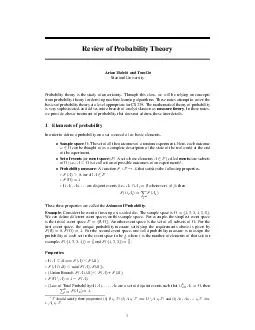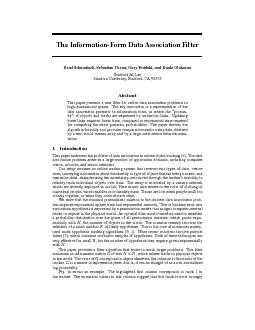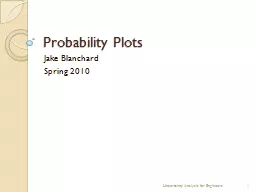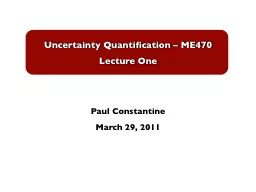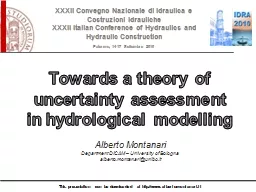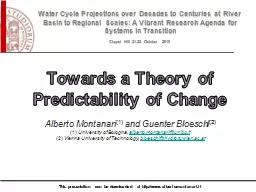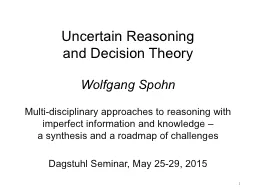PDF-Review of Probability Theory Arian Maleki and Tom Do Stanford University Probability theory
Author : pamella-moone | Published Date : 2014-12-13
Through this class we will be relying on concepts from probability theory for deriving machine learning algorithms These notes attempt to cover the basics of probability
Presentation Embed Code
Download Presentation
Download Presentation The PPT/PDF document "Review of Probability Theory Arian Malek..." is the property of its rightful owner. Permission is granted to download and print the materials on this website for personal, non-commercial use only, and to display it on your personal computer provided you do not modify the materials and that you retain all copyright notices contained in the materials. By downloading content from our website, you accept the terms of this agreement.
Review of Probability Theory Arian Maleki and Tom Do Stanford University Probability theory: Transcript
Download Rules Of Document
"Review of Probability Theory Arian Maleki and Tom Do Stanford University Probability theory"The content belongs to its owner. You may download and print it for personal use, without modification, and keep all copyright notices. By downloading, you agree to these terms.
Related Documents

